
Hot Selling Alkaline Water Electrolysis Hydrogen Fuel Cell Electricity Generator For Power Generation System H2 Generation Plant


Mobile Nitrogen Station Used For Gas Well Detection Fire-fighting Jet 200bar 300bar Nitrogen Station







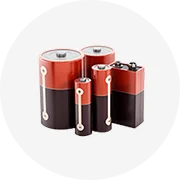
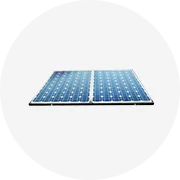
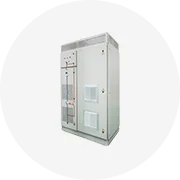
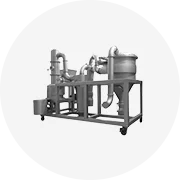
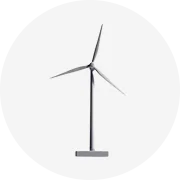
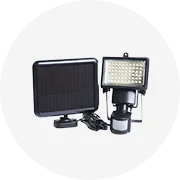
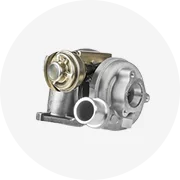
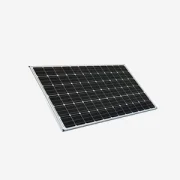

Fuel cell stacks are integral components of a hydrogen fuel cell system, providing the backbone for power generation in various applications. These stacks consist of multiple individual fuel cells, or stacked cells, each containing an anode, a cathode, and an electrolyte. When fuel, usually hydrogen, is fed into the anode, it is split into protons and electrons. The protons travel through a membrane, while the electrons flow through an external circuit, generating electricity. This clean technology is gaining traction in both commercial and government sectors due to its potential for high efficiency, low emissions, and versatility in applications such as portable power generation, automotive propulsion systems, and residential heating.
Fuel cell stacks operate on principles of electrochemistry. They employ an electrochemical reaction to convert the chemical energy in a fuel into electrical energy. The most common type of fuel cell used in various applications is the Proton Exchange Membrane (PEM) fuel cell. In a PEM fuel cell, hydrogen and oxygen are fed to the cell's anode and cathode respectively. Hydrogen is split by a catalyst at the anode into a proton and an electron. The proton then passes through a membrane to the cathode side of the cell, which combines with oxygen from the air to produce water and electricity.
The technology is still evolving, with improvements being made in lifespan, power density, and cost-effectiveness. Fuel cell stacks are designed for users who seek an environmentally friendly and efficient power source. They are particularly appealing to industries looking to reduce their carbon footprint and operational costs over the- long term.
The diversity of fuel cell stacks available reflects the varied applications they serve. Each type is designed to optimize performance for its intended use:
Air Breathing Fuel Cell Stacks: These stacks intake air and hydrogen from the environment and do not require any stored gas. They are typically used in applications where a continuous flow of air is available, such as in urban buses or portable generators.
Hydrogen Fuel Cell Stacks: These stacks are designed to connect directly to hydrogen storage tanks or be used in conjunction with a reformer to convert stored hydrogen into electricity. They are commonly used in vehicles and portable electronic devices.
Reformate Fuel Cell Stacks: Reformate fuel cell stacks are similar to hydrogen fuel cell stacks but include a reformer that converts hydrocarbons into hydrogen on board. This type is often used in stationary power generation systems.
Direct Methanol Fuel Cell Stacks: As the name implies, these stacks run on methanol without the need for a reformer. They are known for their simplicity and are used in applications such as mobile phone chargers or small power tools.
Phosphoric Acid Fuel Cell Stacks: These are high-temperature fuel cell stacks that use phosphoric acid as an electrolyte. They are often employed for generating heat and electricity for combined heat and power systems in buildings or for industrial processes.
Selecting the right fuel cell stack is critical for achieving optimal performance in any application. When considering a purchase on Alibaba.com's B2B platform, businesses should evaluate several key factors:
Application Requirements: The intended use of the fuel cell stack—be it for portable electronics or heavy-duty vehicles—will greatly influence the type needed. Each application may demand different performance characteristics such as power output, efficiency, or operating conditions.
Hydrogen Source: The choice of hydrogen source (e.g., pure hydrogen or reformate) should align with the available infrastructure and cost considerations while ensuring the fuel cell can operate efficiently.
Stack Configuration: The design of the stack (e.g., planar, solid oxide) will impact its performance and suitability for different applications. Businesses must assess which configuration best fits their needs based on performance requirements and operating conditions.
Efficiency and Durability: High-efficiency and long-term durability are essential factors. The efficiency of a fuel cell stack can affect its operating cost over time since hydrogen is a recurring expense.
Regulatory Compliance: Depending on the application and location, compliance with certain regulations or standards may be necessary. This can range from environmental certifications to safety codes.
By carefully considering these factors in relation to their specific needs and uses, businesses can make informed decisions when sourcing fuel cell stacks through Alibaba.com.
Alibaba.com stands out as an expansive marketplace connecting businesses with a vast selection of fuel cell stacks from suppliers around the world. With its global reach into over 190 countries and areas, Alibaba.com provides an ideal platform for sourcing fuel cell technologies tailored to diverse commercial needs. Whether you're looking to power electric vehicles or supply industrial systems with continuous energy, you'll find an array of options that align with your specific requirements.
The platform's emphasis on quality assurance through services like Trade Assurance ensures that your procurement process is safeguarded until delivery is completed. Moreover, Alibaba.com's user-generated content allows buyers to filter through products efficiently while also providing insights into supplier reliability and product performance.
In addition to these functional benefits, Alibaba.com supports businesses by offering customization services that can cater to unique operational demands. From selecting the right size to specifying custom features in color or type of seal, Alibaba.com facilitates a tailored purchasing experience that directly addresses your business's fuel cell stack needs while fostering global trade connections.
Fuel Cell Stacks are assemblies of individual fuel cells that convert chemical energy from a fuel (like hydrogen) into electricity. They operate through an electrochemical reaction that occurs in the presence of a fuel and an oxidizing agent.
There are three main types of Fuel Cell Stacks: proton exchange membrane (PEM), phosphoric acid, and solid oxide fuel cells. Each type has different materials and operating principles suited for various applications.
The size and power rating of a Fuel Cell Stack should align with the end-use application. Consider the power requirements and space constraints of your application to determine the appropriate size and power rating.
Yes, certain types of Fuel Cell Stacks, like PEM Cells, are designed for standalone power generation and can be used as primary or backup power sources.
Fuel Cell Stacks are typically constructed using materials like stainless steel, titanium, and sometimes platinum for certain high-performance models. These materials are chosen for their durability and ability to withstand the high-temperature operating conditions of fuel cells.
Yes, there are Fuel Cell Stacks that can be configured to use alternative fuels such as methanol or biogas, depending on the types of fuel available and the stack's design capabilities.
The expected lifespan of a Fuel Cell Stack can vary depending on the type of cell used, its operating environment, and how frequently it is used. Typically, a well-maintained stack can last for several thousand operational hours.
Yes, regular maintenance is required to ensure the longevity and efficiency of Fuel Cell Stacks. This may include monitoring the stack's performance, checking seals and connections, and replacing parts as needed.
Many suppliers offer customization options for Fuel Cell Stacks to meet specific customer needs. Customization may include changes to physical dimensions, electrical connection types, or additional functionalities.
Key considerations include the stack's power density (how much power it can generate relative to its size), energy efficiency for the vehicle's range, operating temperature range, and its integration with other vehicle systems.
Ambient temperature can significantly impact Fuel Cell Stack performance. For instance, PEM cells operate optimally within a narrow temperature range; exposure to temperatures outside this can reduce efficiency and potentially damage the cells.